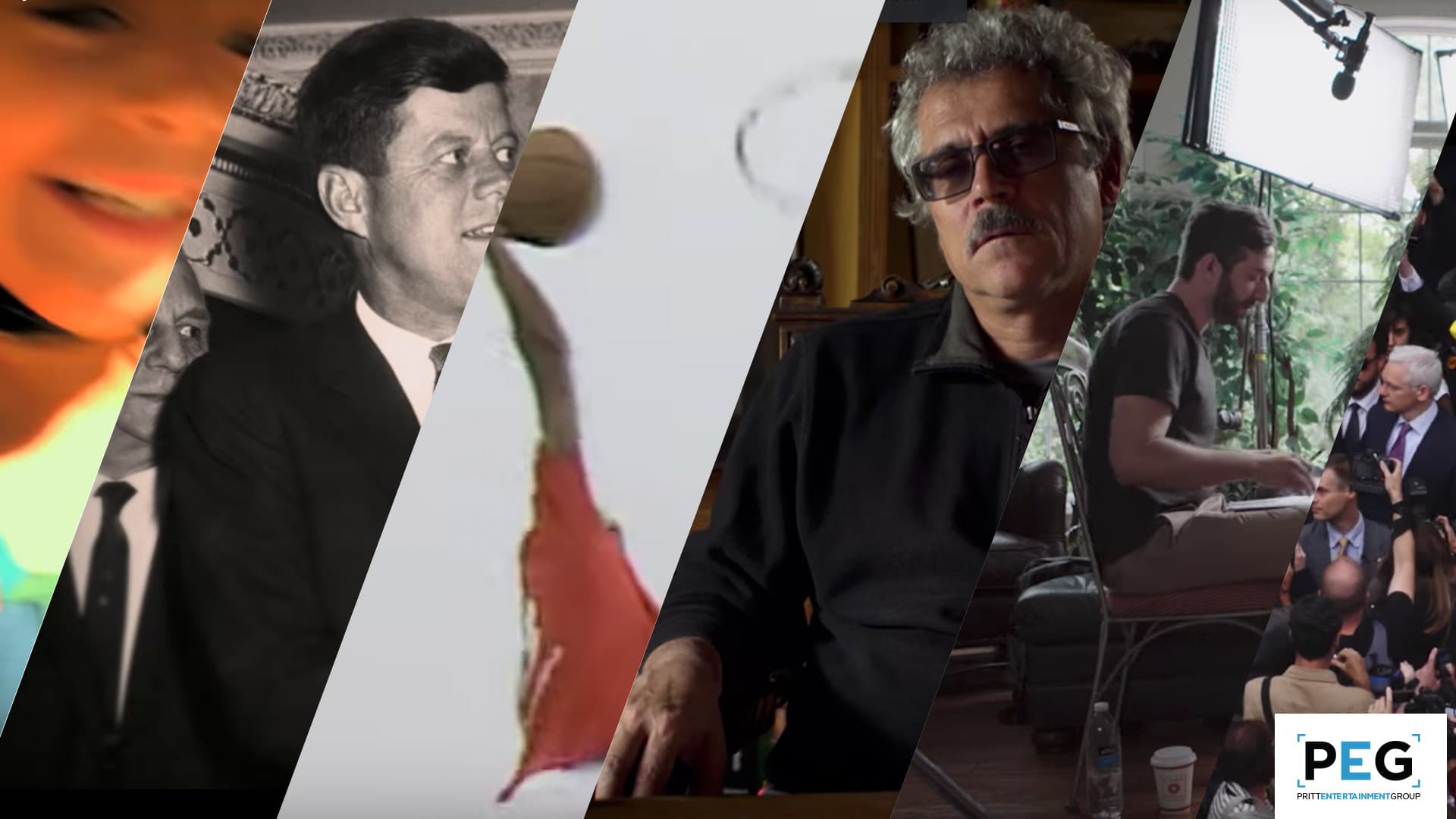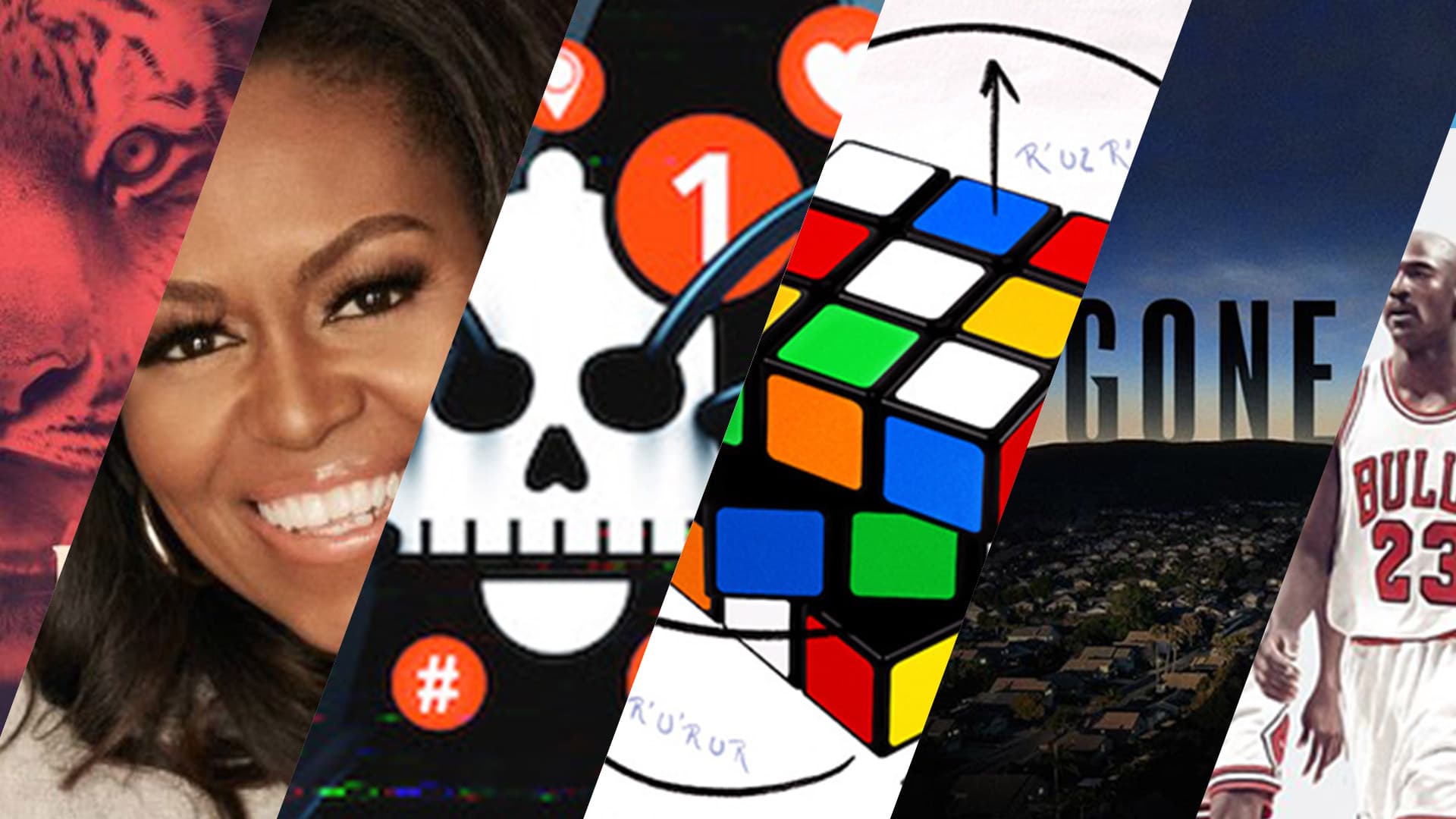2020 Watch Habits: Winners, Losers and What's Next
2020. A year where nearly every aspect of our everyday lives has changed. The emergence of COVID-19 has left no industry untouched. Seemingly overnight, professional sports were postponed, theaters and venues were closed indefinitely, and restaurants and bars switched to carryout only. Schools scrambled to switch to online learning and many businesses moved to working remotely from home. Undoubtedly, the media landscape would be rocked by all of these changes, the effects of social distancing and state issued stay-at-home orders. The Washington Post reports that during the seven day period of March 31 to April 7, Americans spent 93% of their time at home. This was the peak percentage of time spent at home so far in 2020, but numbers had averaged around 70-80% throughout all of March and April. When people, especially Americans, are stuck at home with few options for outside entertainment, it seems only natural that binge-watching hours of content while sitting on the couch and stress-snacking would soon become everyone's most popular pastime.
Pre-Pandemic Patterns
Online video streaming services were already continuing their rise in popularity even before COVID-19 began affecting most countries. Disney’s new streaming service, Disney+, launched in November of 2019. By February it had gained 28.6 million subscribers. With an explosion of numbers like that, it’s easy to see how the online video streaming market had plenty of demand - all before everyone was stuck inside due to a pandemic. This left me wondering - how have these numbers stacked up after the world as we know it is forced into dealing with all of these changes? What I ended up finding after doing some research is that certain industries fared better than others. In other words, some found themselves as clear winners - and others found themselves as the losers - at least for the time being.
Losers
First, let's start with what we’ll call the “losers” of this situation. These are basically the media sectors that seemed to have suffered the most from the COVID crisis. Theaters, as you can imagine, fall into this category. Theaters are often where movies debut, generating box office revenue for many in the video production industry. The LA Times reports that Wedbush Securities is forecasting a 61% drop in the North American box office for all of 2020 ($4.4 billion vs $11.4 billion last year). Theaters weren’t the only ones to feel negative effects either. TV networks that are normally dependent on live sports or other live events had to improvise to keep viewers interested. TNT in particular, known for hosting games throughout the basketball playoffs, ended up losing 63% of their primetime audience due to games being postponed. Other factors have contributed to a decline in traditional TV numbers, like an increase in unemployment resulting in less money to afford an expensive cable bill. This has led to around 1.8 million Americans cutting the cord in the first quarter of 2020.
Winners
Certainly there are many contributing factors in Americans making the decision to discontinue traditional cable or satellite: the availability, popularity and often lower price points of online video streaming services. As you might have guessed, there were few winners bigger than the video streaming market so far in 2020. According to MarketWatch, Netflix gained a record 15.77 million subscribers throughout the world in the first quarter alone, with their total subscriber count nearing 193 million globally. They weren’t alone, as Deadline reports that the aforementioned Disney+ ended up reaching 60.5 million subscribers by early August, surpassing it’s goal of 60 million that it had expected to reach by 2024. To put it in other words - Disney+ reached it’s five-year goal in less than nine months. Other streaming services have successfully launched during the pandemic, with HBO Max and Peacock both sustaining over 4.1 million and 10 million subscriptions respectively. Even some traditional media outlets on network television saw increases in certain instances. 24-hour news channels like Fox News, MSNBC and CNN have gained up to 129% viewers year-to-date, according to Forbes. It logically makes sense for networks that promise up-to-the-minute information to gain popularity during a pandemic.
Looking to the Future
The big question is how long will this kind of huge growth last? That’s still very unclear. Some productions have now resumed and theaters are beginning to reopen, but society at large is still at an in-between state without a clear timeline of when things will return back to “normal.” That’s also considering that there is “normal” to return back to. With results like these from only about 6 months of social distancing, it’s hard to imagine that it won’t have long lasting effects on the media landscape as a whole. Some production companies have even decided to cut their losses and release digital versions that "open" at the same time their films are debuting in theaters - or forgo a theater release altogether and go with only digital. The jury is still out as to whether these methods will be seen as more profitable, even after the world isn’t dealing with a surging virus. Disney CEO Bob Chapek explained that a digital version of Mulan will be going to their streaming service for a one time fee of $29, but even he admits that they are using it as a “learning” experience. It seems that for now all anyone can do is look at what patterns and habits we’ve seen so far and try to hypothesize from there. Afterall, if there’s anything that we’ve learned throughout 2020, it’s that you can plan all you want, but in the end there’s no way to know exactly what the future holds.




